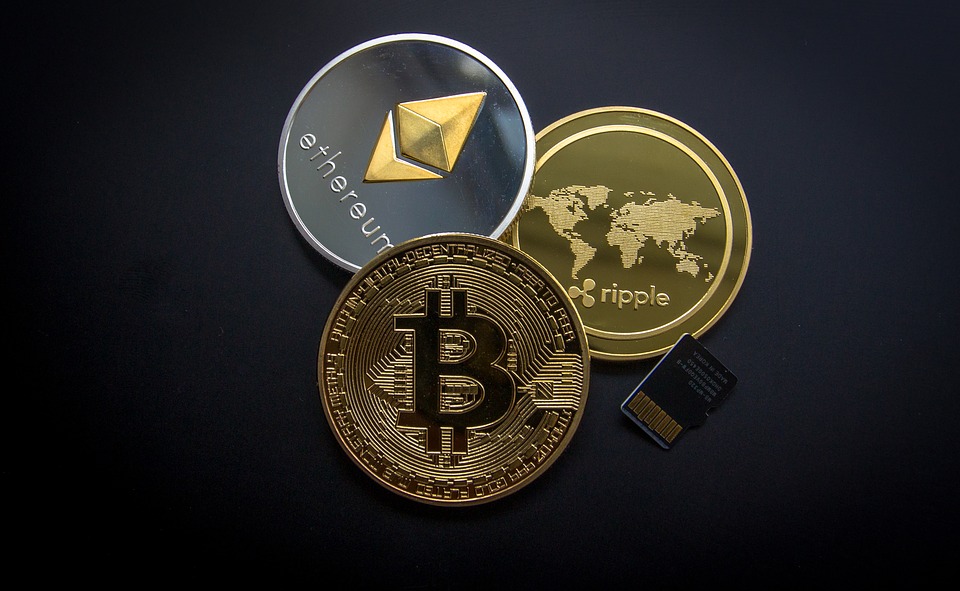With the advent of blockchain and cryptocurrencies, the market has witnessed new forms of investment attraction such as initial coin offerings (ICOs). ICOs have allowed startups to raise funds by issuing their own tokens. However, along with successful projects, there have been many fraudulent schemes that deceive gullible investors. In this article, we will analyze how fake ICOs and tokens work and give recommendations on how to protect your funds.
What are ICOs and tokens?
ICO (Initial Coin Offering) is a method of attracting investments, in which a company issues tokens (digital assets) based on blockchain and sells them to investors. By buying tokens, investors hope for an increase in their value in the future or to receive privileges within the project, such as discounts on the company’s services.
Although promising, this format is not regulated in most countries, which creates a favorable environment for fraudsters.
How do fake ICOs work?
Fake ICOs are projects that are initially created for the purpose of deception. They masquerade as promising startups, offer unique technologies or revolutionary ideas, but in reality only collect money and disappear.
Here are the main ways fraudsters deceive investors:
1. Fictitious projects
Scammers create attractive websites and publish fake whitepapers describing a non-existent product. Usually such projects promise to solve global problems or offer incredible innovations.
After raising money, the team simply disappears, leaving investors with useless tokens.
2. Token manipulation
Some scammers issue tokens that have no value. They may temporarily manipulate their exchange rate, giving the appearance of a successful project in order to raise more money. After that, the price of the token drops sharply and investors are left with losses.
3. Pseudocopies of successful projects
Fake ICOs can copy successful projects, changing only minor details such as the domain name of the website. Users are lured by advertisements or mailings offering participation in a “new stage” of a well-known ICO.
The main signs of fraud
- Unrealistic promises. If the project guarantees huge profits or promises to solve complex problems too quickly, this is a reason to think twice.
- Lack of transparency. The project team has no public information, real social media profiles, or blockchain expertise.
- Poor documentation design. Whitepaper contains generic phrases, technical errors or copies descriptions of other projects.
- Overly aggressive marketing. Scammers often resort to intrusive advertising, promising bonuses for quick investments.
- Unknown exchanges. If a token is traded only on obscure platforms, it may be a sign of manipulation.
What are the risks of participating in a fake ICO?
Investors who fall victim to a fake ICO lose their invested money and often can’t get it back due to lack of regulation. Fraudsters use complex schemes to hide their identity, and investigating such cases takes years.
In addition, participating in questionable projects can damage your reputation as an investor, especially if you have publicly supported a fraudulent project.
Conclusion
Fake ICOs and tokens are a serious threat to the cryptocurrency market. To protect your investments, it is important to carefully check projects, analyze documentation and be critical of loud promises. Remember that caution and attention to detail are an investor’s best allies in the fight against fraud.



